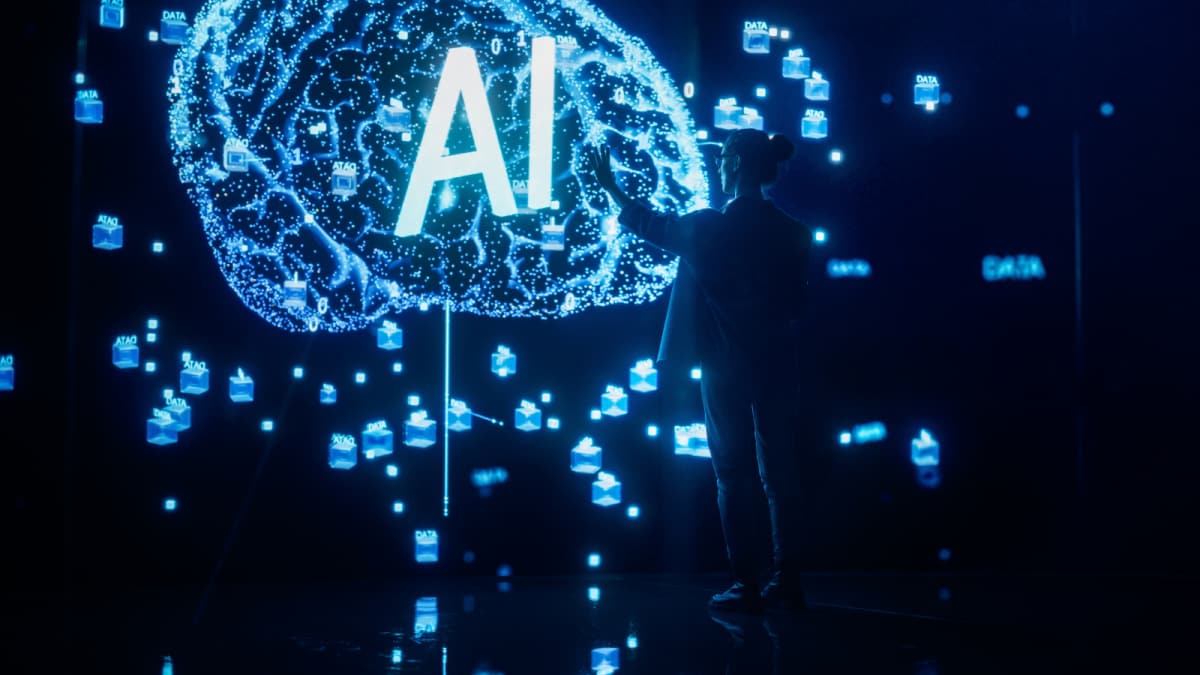Last Updated:
Google DeepMind unveiled an AI model that decodes cancer cell behaviour, enabling new targeted therapies and advancing cancer treatment, as Sundar Pichai announced

DeepMind AI model can convert cold tumours to hot ones. (Representational Image)
In a remarkable leap for medical science, Google’s artificial intelligence (AI) division, DeepMind, has unveiled a groundbreaking discovery in the field of cancer research. Partnering with Yale University, the tech giant claims that its new biological AI model has generated, and experimentally proven, a novel hypothesis that could transform the way cancer is understood and treated.
Google CEO Sundar Pichai described the innovation as “a milestone in cancer treatment”, highlighting how the AI model can help identify tumours that typically evade the body’s immune defences. The model, based on Gemma, generated “a novel hypothesis about cancer cellular behaviour, which scientists experimentally validated in living cells,” Pichai wrote on X, calling the achievement a major stride in the fusion of AI and medicine.
How DeepMind AI’s Model Works
The newly developed model, known as Cell2Sentence-Scale 27B (C2S-Scale 27B), is a 27-billion-parametre foundation model built on Google’s open-source Gemma AI family. Its primary purpose is to interpret the “language of cells”, a task that involves decoding intricate biological data at a single-cell level.
By doing so, the AI can spot patterns in how cancer cells behave, particularly those that form cold tumours, a type of cancerous growth that remains invisible to the immune system. This capacity to “read” cell behaviour allows scientists to identify evasive tumours that conventional immunotherapy fails to target effectively.
An exciting milestone for AI in science: Our C2S-Scale 27B foundation model, built with @Yale and based on Gemma, generated a novel hypothesis about cancer cellular behavior, which scientists experimentally validated in living cells. With more preclinical and clinical tests,…
— Sundar Pichai (@sundarpichai) October 15, 2025
DeepMind and Yale researchers tested the AI’s predictions in living cells, where experimental results validated the model’s hypothesis about cancer cell behaviour. The discovery, experts said, could usher in a new generation of targeted cancer therapies and redefine the boundaries of computational biology.
From Cold To Hot
One of the model’s most striking achievements lies in its potential to convert cold tumours into hot ones. In medical terms, cold tumours have very few immune cells and weak antigen signals, making them hard to detect. Hot tumours, on the other hand, are rich in immune cells and are more easily destroyed through immunotherapy.
The DeepMind AI model identified a conditional amplifier drug that could enhance immune recognition under certain biological conditions, effectively helping the body’s defences “see and attack” hidden tumours. To test its accuracy, the AI simulated the effects of more than 4,000 drugs, narrowing down those with the highest potential to boost immune response.
Preliminary results, according to the research team, have been “significantly successful” across multiple tests. The Yale team will now explore the deeper mechanisms behind this immune amplification effect, marking the beginning of what DeepMind calls “a new framework for biological discovery”.
A Turning Point for AI in Medicine
While the research remains in its early stages and will undergo preclinical and clinical testing, scientists view this development as a major step forward in AI-assisted biology. The ability to generate and validate hypotheses at a cellular level, something that traditionally takes years, could dramatically accelerate the pace of medical innovation.
October 16, 2025, 19:59 IST
Read More







